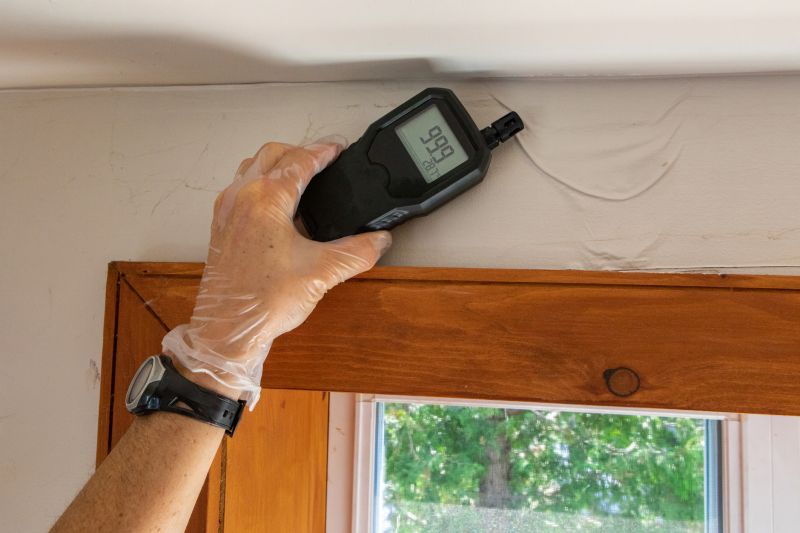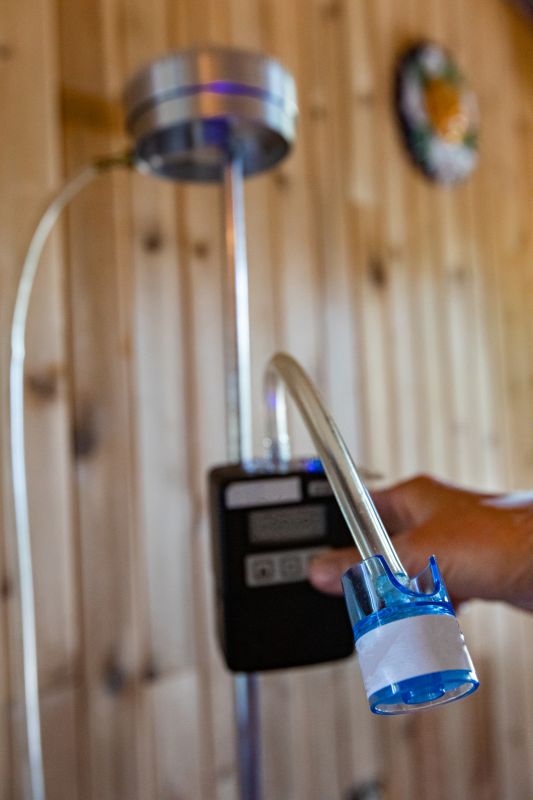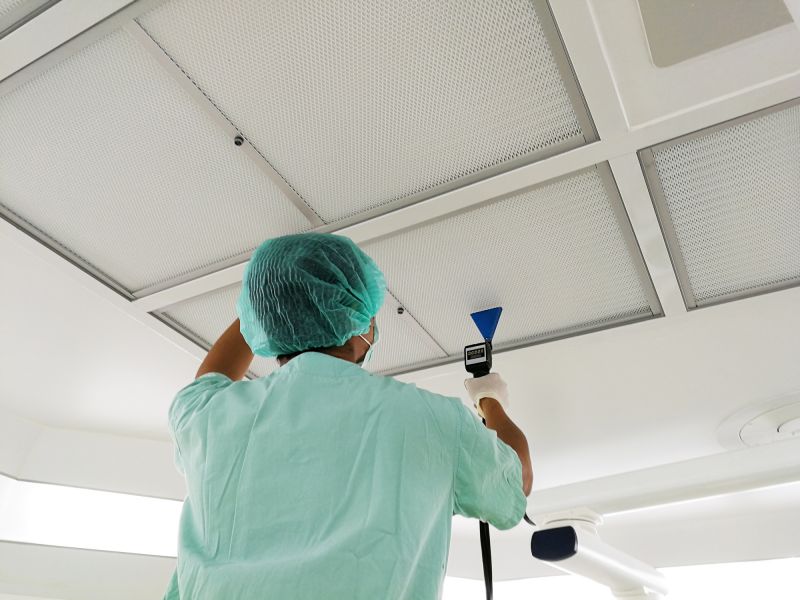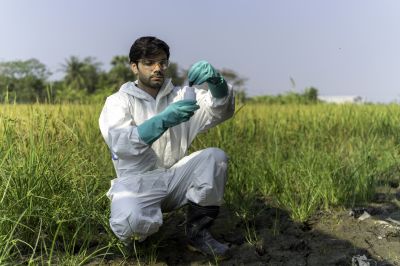Professional Air Quality Testing Services
Air quality testing involves assessing the concentration of pollutants and allergens within indoor and outdoor environments. Accurate testing provides crucial data to identify potential health risks caused by airborne contaminants. These tests can detect a wide range of pollutants, including particulate matter, volatile organic compounds, mold spores, and allergens, helping to ensure healthier living and working spaces.

Advanced devices used to measure air contaminants provide precise readings for various pollutants.

Samples collected from indoor environments help identify sources of pollution and assess air safety.

Outdoor testing monitors pollutants like smog, pollen, and particulate matter affecting broader communities.
Statistics show that poor indoor air quality can significantly impact health, with studies indicating that indoor pollutants are often two to five times higher than outdoor levels. Common sources include cooking, smoking, cleaning products, and building materials. Regular air quality testing can reveal hidden hazards, enabling targeted improvements to reduce exposure and promote healthier environments.
Identifying pollutants early can prevent respiratory issues, allergies, and other health problems.
Testing ensures compliance with safety standards set by health authorities.
Regular assessments help maintain optimal air quality over time.
Professional air quality testing typically takes between one to three hours, depending on the size of the space and the complexity of the assessment. The process involves initial inspection, sample collection, and analysis using specialized equipment. This thorough approach ensures accurate results and reliable data for making informed decisions about air quality improvements.
The Process of Professional Air Quality Testing
The testing process begins with a detailed inspection to identify potential sources of pollution. Samples are then collected using calibrated instruments, including air samplers and sensors. These samples are analyzed in laboratories to determine pollutant concentrations. The results help identify specific contaminants and their levels, providing a comprehensive understanding of indoor air quality.
Hiring a professional ensures that testing is conducted accurately and efficiently, with expert interpretation of results. Professionals are equipped with advanced tools and knowledge to detect even subtle pollutants that may go unnoticed in DIY assessments. This expertise is vital for developing effective strategies to improve air quality and safeguard health.

Showcases the results of a professional assessment, highlighting areas of concern.

Samples analyzed in a lab to identify specific pollutants and concentrations.

Post-testing modifications to enhance indoor air safety and quality.
Bottom-line, professional air quality testing provides detailed insights that are essential for creating healthier indoor environments. Proper assessment can uncover hidden hazards and guide effective remediation strategies. For those interested in obtaining a detailed analysis of their air quality, filling out the contact form can facilitate scheduling a comprehensive testing service.
